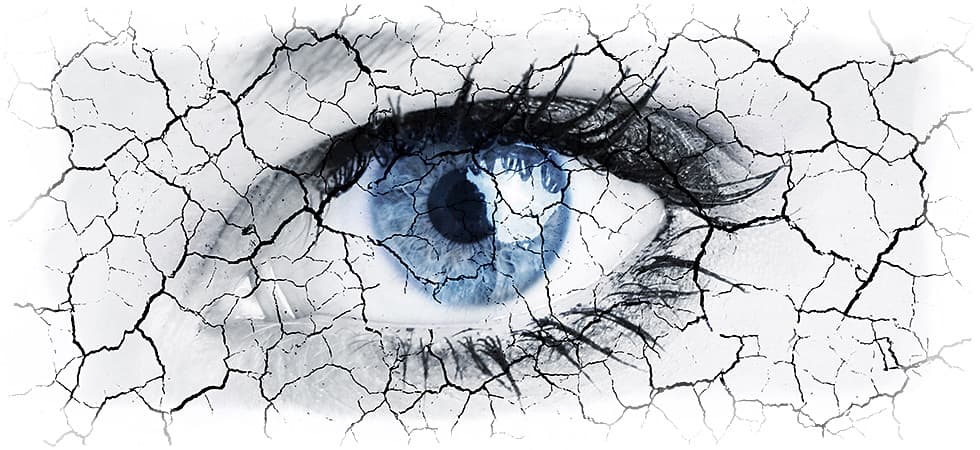Dry eye syndrome (DES) is a common ocular surface disease characterized by insufficient tear production, abnormal tear composition, or rapid tear evaporation, resulting in ocular discomfort, visual disturbance, and even corneal damage. The incidence of DES is increasing worldwide, particularly in modern society where the use of electronic devices and environmental pollution are factors that contribute to its development.
Clinical manifestations
The clinical manifestations of DES include ocular dryness, foreign body sensation, burning sensation, photophobia, and blurred vision. These symptoms can significantly impact a patient's daily life and work. Furthermore, DES may lead to complications such as corneal ulceration and conjunctivitis. Therefore, it is essential to recognize and treat DES promptly.
How to diagnose DES
The diagnosis of DES relies on symptoms and tear film analysis. Evaluation of tear film composition and function provides valuable information for diagnosing the type and severity of DES. Treatment of DES includes medications and physical therapy, and lifestyle changes also play an important role in reducing symptoms. Tears may be replenished or altered using artificial tears, ocular lubricants, topical steroids, or immunosuppressive agents. In severe cases, surgical interventions such as punctal embolization or salivary gland transplantation may be considered.
Prevention strategies for DES include maintaining a humid environment, limiting exposure to electronic devices, taking regular breaks while using the computer, practicing good eye hygiene, and wearing appropriate refractive corrections.
DES is a prevalent ocular surface disease that can affect quality of life. It is important to recognize the signs and symptoms of DES and seek prompt treatment for relief. In addition, preventive measures can help reduce the risk of developing DES.




